How to Write eLearning Content for Translation
CLEAR WORDS
TRANSLATIONS
All News
September 19, 2019 |
How to Write eLearning Content for Translation
Writing eLearning content for translation means creating your courses with translation in mind. This means choosing topics, paragraphs, and images specifically suitable for translation. Try to avoid references to politics, sports, literary works, and other social or cultural elements that may be unknown outside your country.
When you write your eLearning content for translation, you’ll make sure all your employees get the same message, regardless of the language they speak. Plus, it reduces your translation costs, as linguists work faster and are less likely to make errors.
Designing an e-course for translation is easier than you think, and it pays off. Let’s see how you can provide easy-to-translate eLearning content with these simple tips and tricks.
Clarity Makes Translation a Breeze
Successful translations require native speakers in the target language. This probably means that the people who translate your course speak English as a second language, so they may have difficulties with idioms or phrasal verbs, for example. Any ambiguity or figurative language can lead to misunderstandings and translation errors.
The more specific you are in your eLearning content, the easier it is for your translators to understand the message and translate it.
The main elements that ensure the clarity of your eLearning content are consistency and syntax.
Try to use a single term to describe each technical concept in your presentation. When you’re compelled to use synonyms, make sure you provide instructions or a glossary of terms. This way, the translators understand what words are interchangeable and how they should be used to avoid confusion.
The syntax is the other key-element that can slow down reading and understanding of a text. Go for short sentences, instead of writing complex phrases. Not only does it help translators, but it also makes the learning process smoother.
Translation-friendly sentences have between 12 and 15 words, so break lengthy phrases to simplify the translator’s job. Also, writing in the active voice will help both the language services provider and your audience. Using the traditional English sentence style (subject-verb-object) is a sign of clarity of thought, too.
Inverted sentences are harder to process, especially by non-native speakers and, as a result, are harder to translate with accuracy. Last but not least, avoiding modifiers could also make your eLearning content for translation easier to handle.
Remove Cultural References from eLearning Content for Translation
When you write for international audiences, all examples should be “universal.” References to last season’s SuperBowl or some famous episode of The Simpsons are more likely to confuse people from other cultures.
Too much creativity and you risk confusing not only your translators but your target audience as well. That includes humor, which is, by far, one of the hardest things to translate.
Even if the translator has known your culture long enough to understand its nuances, there’s no guarantee your employees have the same abilities to overcome cultural barriers.
Stay on safe ground with examples everybody can relate to. For that, you need to know your audience and their interests before writing the content. This way, you’ll know how to adapt your words to help learners understand your point.
Don’t mention acronyms, national brands, or famous people who aren’t recognized overseas. For instance, don’t use EOD, but “end of the day” even if in your English-speaking offices everyone uses it. Or, instead of saying Walmart, say supermarket.
Also, try not to use sports metaphors, especially if the eLearning content for translation is meant to reach employees in Asia or Europe. Most people there don’t understand baseball or football at all.
Choose Visuals Wisely
When it comes to translations, graphics and videos are tricky. They’re excellent tools in the learning process, but translating them can be a challenge. However, it helps when you design your eLearning content with translation in mind.
At this point, details save the day. When choosing visual elements, you should make sure they appeal to all audiences. From selecting colors to eliminating symbols that could be offensive to some cultures, take the time to analyze the implications of every image that goes in your eLearning content for translation.
Symbols vary with each culture, and every language may give them specific meanings. The way to say hello in one country may not say anything to a foreigner, or worse, could even be offensive. As a multinational company, you can’t afford to ignore these differences.
Your training program could cause frustration and internal tensions instead of creating a homogeneous team, as you planned.
So, make sure you use colors that everybody likes, such as blue or green. These are considered the safest choices, being–with a few exceptions–associated with joy, wealth, and luck. For example, Facebook, PayPal, and many other tech giants use blue to be appealing worldwide.
Another element that could influence translations is embedded content. The less you use it, the lower your translation costs. That’s because embedded content needs to be translated as well. So, you’ll have to change all the graphics and videos and update the writing for every language.
Use a Flexible Design to Avoid Space Issues
Language length requires flexibility. Sometimes, translators need more words to express the same concept you defined in a short sentence. So, make sure your layout is flexible enough to permit textual expansions.
If you have a rigid template, make sure your English version of the text doesn’t occupy the entire page. Split the topic into smaller chunks, or use bullet points instead of large paragraphs, to reduce the amount of text. In languages like Spanish or Italian, you may need more space to express the same idea.
Wrapping It Up
Employee training has become crucial for consistent business growth. Moreover, multinational companies need to make sure that all their employees receive excellent training regardless of the language spoken.
Translating eLearning content is more lucrative and cost-effective than planning different training programs around the world. Writing eLearning content from translation right from the start reduces friction and ensures a better quality of your translated courses.
These are small details, but they can help translators work faster and deliver better translations. For you, that means lower costs and employees who get better services.










